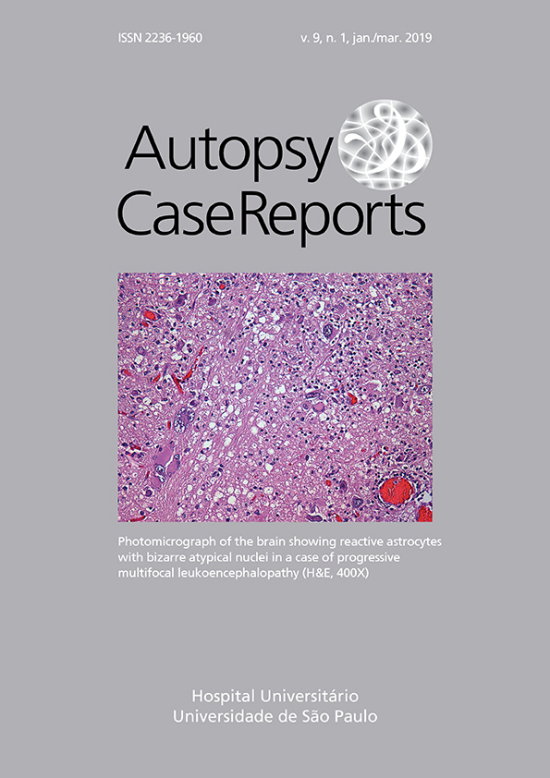Early intestinal obstruction after infliximab therapy in Crohn’s disease
DOI:
https://doi.org/10.4322/acr.2018.068Keywords:
Infliximab, Ileus, Crohn’s DiseaseAbstract
There is scarce knowledge on early intestinal obstruction in Crohn’s disease (CD) after infliximab treatment. Therefore, we describe two cases of early intestinal obstruction in a series of 46 CD patients treated with infliximab. Both our two cases were 21-year-old men with newly diagnosed CD who were diagnosed with perianal disease 2 years previously. They were suffering from diarrhea and abdominal pain, but there were no symptoms indicating bowel obstruction. Radiographic studies revealed stenotic sites in the terminal ileum in both cases. In both cases, infliximab 300 mg was infused, after which their abnormal laboratory data as well as symptoms such as diarrhea and abdominal pain clearly improved. However, on the 11th or 13th day post-treatment, they presented abdominal distension with air-fluid levels on imaging studies. Ileocolonic resection was performed in both cases. Early intestinal obstruction after infliximab therapy is characterized by initial improvement of the symptoms and the laboratory data, which is soon followed by clinical deterioration. This outcome indicates that infliximab is so swiftly effective that the healing process tapers the stenotic site, resulting in bowel obstruction. Thus, although unpleasant and severe, the obstruction cannot be considered as a side effect but rather a consequence of infliximab’s efficacy. CD patients with intestinal stricture, particularly the penetrating type with stricture, should be well informed about the risk of developing intestinal obstruction after infliximab therapy and the eventual need for surgical intervention.
Downloads
Published
Issue
Section
License
Copyright
Authors of articles published by Autopsy and Case Report retain the copyright of their work without restrictions, licensing it under the Creative Commons Attribution License - CC-BY, which allows articles to be re-used and re-distributed without restriction, as long as the original work is correctly cited.



